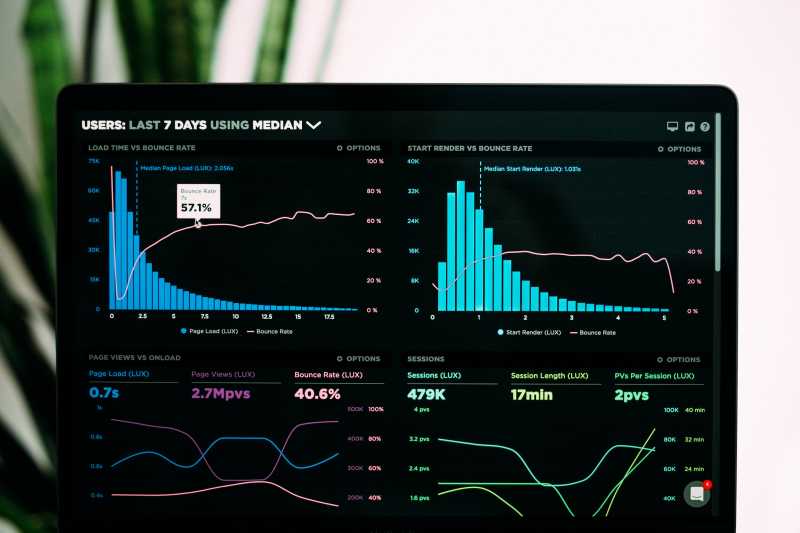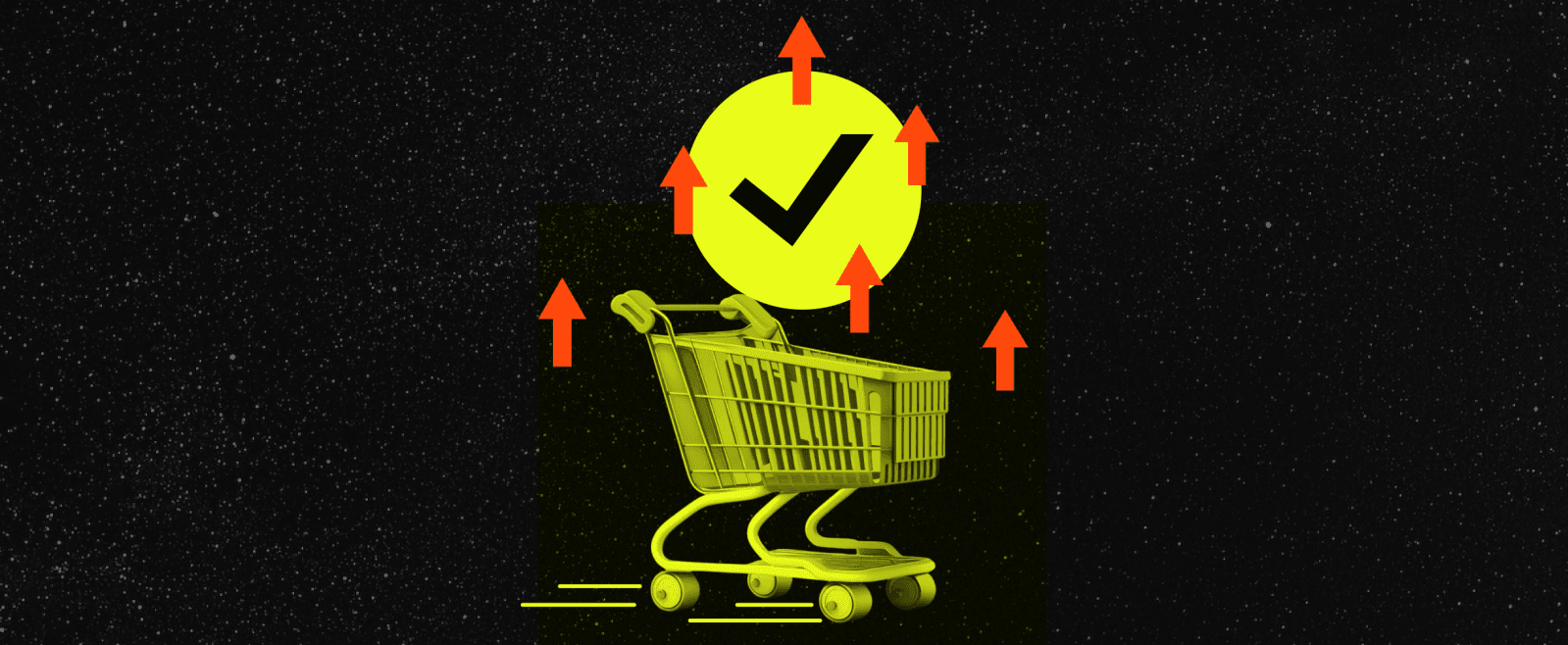Third-Party Cookies Are Going Away: How This Affects eCommerce Marketing
Let's talk about cookies. In an age where data is the new oil, cookies are everywhere.
Over the last decade, these invisible trackers have collected, curated, and compartmentalized highly valuable customer information for businesses all over the world.
They’ve fueled the engine of eCommerce growth and helped merchants understand how shoppers interact with their websites, what behavioral triggers motivate their purchases, and how to re-engage them with ads.
And all of that ends in 2023.
In a recent announcement, Google clarified that third-party cookies are going away, as the company is making moves to prioritize user privacy over growing concerns of online tracking.
Given that ad-tech is almost completely reliant on a cookie-led ecosystem, there was a predictable frenzy over what cookies were and how this move affects ads when the news hit online publications over the past months.
We’ve saved you the trouble. Our team has done the legwork to help you understand cookies better, and picture what a future without third-party cookies might look like.
Okay, so what are cookies?
If you’re confused about cookies and how they work, you’re not alone. They’re omnipresent and everyone talks about them - but they’re also widely misunderstood.
Simply put, cookies are small files that are saved on your device when you visit a certain website or online service. They store information like user sessions and details like demographics and how far down you are in the purchase funnel. This data is then made available for the tracker’s use or for third parties like ad services/publishers.
With cookies, you (or ad publishers) can personalize a customer’s shopping experience.
For instance, if a shopper visited your website and viewed a few products, you can show these items as ‘Recently Viewed Items’ on your homepage when the same visitor returns for a second time. Or, let’s say that a shopper searched for ‘Curtains’Italic. You can use cookies to target these shoppers with dynamic ads related to their search, to serve their purchase intent better.

What are the different types of cookies?
There are 3 kinds of cookies, depending on how data is collected and used. These are often (wrongly) conflated.
1. First-party cookies
First-party cookies are created and managed by the website owner. These cookies are created with tracking and analytics tools built into the website, like Google Analytics. With these cookies, you can track how shoppers are navigating your store, understand the different touchpoints, and where they face friction and drop off.
2. Second-party cookies
Second-party cookies are first-party data shared between two parties. For instance, if you’ve set up a pop-up at an event, the event organizer would share the list of leads that attended the event, allowing you to send marketing messages to attendees. Second-party cookies are usually used to share lead lists between two individual parties.
3. Third-party cookies
Third-party cookies are collected by third parties like advertisers. These cookies are often embedded in popular websites and collect your information when you interact with different websites online, getting more context into your preferences and interests. Think of this data as the digital footprint of a user.
Third-party cookies could, for instance, identify that a shopper resides in a specific country and is looking for shoes. With this known information about the shopper, merchants and businesses selling shoes in that country can easily reach them and show targeted ads, driving the shopper to buy from the store.
Third-party cookies are the backbone of the ad-tech industry, and they drive digital advertising.
However, because of how intrusive this data is, third-party cookies don’t comply with privacy laws like GDPR and CCPA. This is why Google is getting rid of third-party cookies by 2023.
Why should you care that third-party cookies are going away?
A few months back, Google announced its intent to remove support for third-party cookies.
“Today, we’re making it explicit that once third-party cookies are phased out, we will not build alternate identifiers to track individuals as they browse across the web, nor will we use them in our products.”
Google is just reading the idiomatic room here. Privacy is a growing concern for users, so much so that they are switching to privacy-first products, putting their safety over convenience. Google isn’t the only one prioritizing this need. Apple has recently announced its intention to prioritize user privacy, limiting app and email tracking, allowing the use of pseudo emails, and blocking cookies by default on Safari.
So how does all this affect SMBs and online businesses?
Without third-party cookies, your marketing will be affected in two ways:
- Tracking and analytics
- Personalization of ads

How does the cookie ban affect tracking and analytics?
Without third-party cookies, you will face limitations in how you track users and run ads.
Anonymized Users Will Increase
The biggest change that the loss of third-party cookies will bring is the inability to track individual users and ultimately, personalized ads. Without these cookies, you’ll be able to see what actions were taken but not who took them. Due to this, you can’t target individuals with specific and personalized ads.
Click-based Attribution Will Prevail
Without third-party cookies, you won’t be able to track how many users viewed your ads. This means that view-based attribution will become obsolete and advertisers will have to stick to click-based attribution.
Frequency Capping Will Be Harder
Without individual tracking, you won’t know how many times a potential shopper saw your ads. And without view-based tracking, you won’t be able to limit the number of times your ad is shown to the same user in a given time. This means a poorer ad experience for your shoppers.
Here's how cookieless tracking will change digital ads.
Cookieless tracking will eliminate the trail of breadcrumbs that you can use to target specific individuals and audiences that may be interested in you. This means that you won’t be able to personalize your ads and messaging to specific individuals.
Here are some features that will be affected.
Contextual ads
The loss of third-party cookies means that you won’t have information on which product which individual user left behind or viewed. Due to this, you won’t be able to set up dynamic ads that are personalized to your shoppers, like retargeted ads to recover abandoned browsers or carts.
Behavioral targeting
Without third-party cookies, you won't be able to get contextual information about users to set up personalized campaigns and ads. For instance, you won't be able to show ads to shoppers who visited a few product pages in your store but didn't make a purchase.
Audience extension
One of the most impacted ad features will be audience extension, which usually lets you show ads to your target audiences on other websites. Without this, you’ll be limited to social media platforms for advertising.
But, lookalike audiences will not be impacted.
This isn’t the end of the road for ad features like lookalike audiences. You can still effectively target similar audiences using Google’s Federated Learning of Cohorts (FLoC).
Wait, what is FLoC?
Chrome tracks the browsing habits of users across the web, and places these users in various anonymized audience cohorts based on similar behavioral patterns. Advertisers can use FLoC to target these audience cohorts and effectively show personalized ads.
This explainer gives you a deep dive into FLoC and how it works.
And now we get to alternative cookieless marketing strategies that you can try.
How to prepare your eCommerce store for a cookieless world.
How would your marketing change, now that you won’t have third-party cookies?
While advertising on social media platforms would remain the same (besides how limited Facebook ads would be), you can prioritize marketing channels and strategies that you have more control over.
Here are 4 ways to keep your marketing relevant:
1. Prioritize your first-party cookies
To start with, use your own data to understand shoppers better and personalize your messaging across ads, emails, and other touchpoints. For instance, you can upload email information to show ads to shoppers on social media, and remind them about their abandoned carts. This is a great way to display personalized messages via ads without relying on third-party cookies.
2. Focus on your owned channels
Owned marketing channels like email, SMS, and web push notifications let you collect subscribers and send direct promotional messages, set up automated messages, and most importantly, recover carts.
Set up and capture subscribers through owned channels to effectively and directly communicate with your shoppers. Paired with your first-party data, these channels will let you segment your subscriber audience based on behavioral, purchase, and location information. You can set up audience sets and send personalized messages based on your segmented data.
For instance, you can target email subscribers who bought a specific product from your store and send them promotions about a new product that would complement their initial purchase.
3. Capture one-time store visitors with an opt-in
Third-party cookies made it easy for marketers and store owners to show ads to shoppers who visited your store but didn’t purchase or take any action. Without it, you miss out on bringing back store traffic that you weren’t able to capture.
You can still capture these store visitors by enabling an opt-in on your storefront. Set up prompts and encourage shoppers to subscribe to web push notifications. Another strategy is to set up a pop-up to be shown at exit intent, letting visitors know that they can unlock an exclusive discount if they subscribe to your emails.
Email or web push notifications are two highly effective marketing channels that capture interesting store visitors that may not come back a second time.
4. Build a stronger social media presence
With the rise of Digitally Native Vertical Brands (DNVBs), shoppers are more discerning than ever - so creating unique content around your products can give you the edge you need. Crafting great content on social channels is the simplest way to stand out in a cookieless ecosystem, and will help you build your brand without an over-reliance on customer data.
Create videos that give customers exclusive insights into your manufacturing process, and create a strong narrative around your brand. Encourage referrals and build communities through loyalty programs, for a more sustainable and effective marketing strategy.
Cookieless marketing will place the focus on your content and community.
Third-party cookies were the status quo for marketers for the longest time. With its loss, you can set up comparatively generic ads, providing non-personalized experiences to shoppers, or find alternative ways to communicate with your shoppers.
Make sure that your eCommerce brand is relevant to your audience and focuses on relationship building. Use owned marketing channels and you’ll be able to retain your shoppers, send retargeted messages, and drive repeat purchases, all without third-party cookies!
Marketing is constantly changing. If you’d like to evaluate your existing marketing strategy or understand how you can adapt to a cookieless marketing world, reach out to us at enquiry@coderapper.com.









